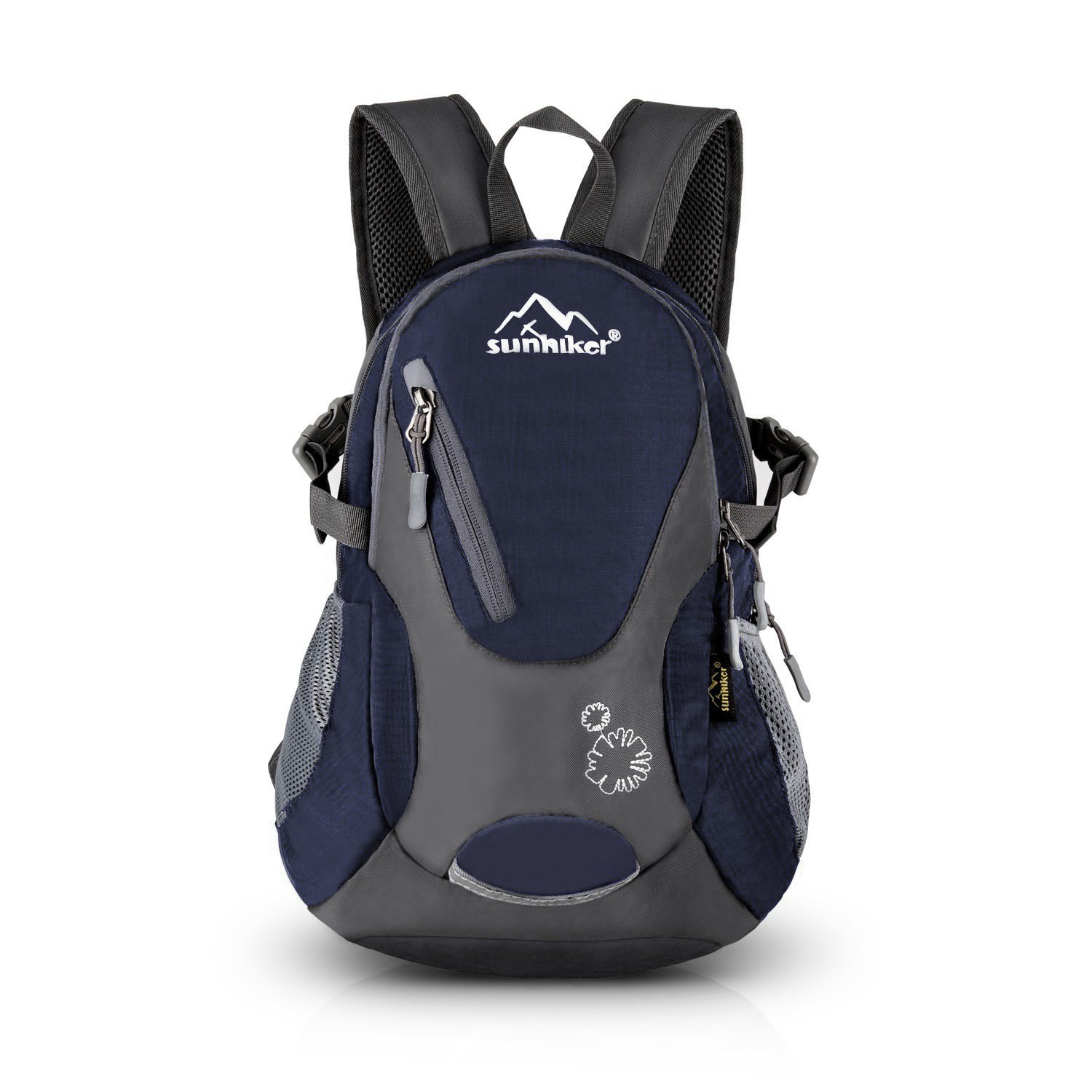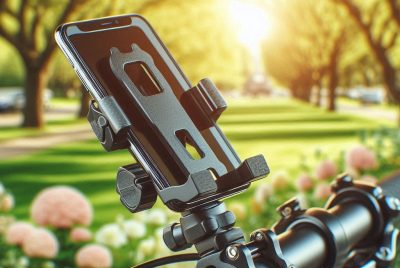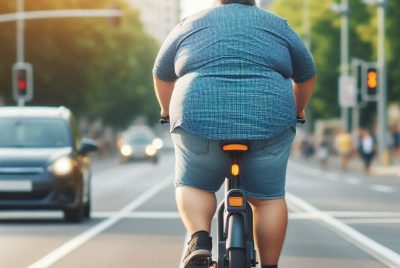Cycling Backpack: Gear Up for the Ride
*We may earn a commission for purchases made using our links. Please see our disclosure to learn more.
Cycling Backpack Essentials: Choosing the Right Gear for Your Ride
Cycling is a fantastic way to stay active, explore the outdoors, and commute in an eco-friendly manner. To support the various needs of cyclists, specialized gear has been developed, including a cycling backpack. These backpacks are designed to offer comfort, convenience, and functionality specific to cycling. They achieve this with features like a streamlined design for aerodynamics, reflective elements for visibility, and compartments for tools and hydration.
When selecting the right cycling backpack, it is essential to consider factors such as size, weight distribution, and durability. The size of the backpack should align with the length of your ride and the amount of gear you intend to carry. Weight distribution is critical as it can significantly affect comfort and riding posture. Additionally, the durability of the material ensures that the backpack can withstand the rigors of the road and variable weather conditions.
Ventilation is another key element to pay attention to. Many cycling backpacks come with a mesh back panel or ventilation channels that help to reduce sweat buildup during longer rides. This can make a considerable difference in comfort, particularly on warm days or during intense rides. Pockets for easy access to snacks, keys, and electronics, as well as compatibility with hydration systems are also very practical features for cyclists.
Through thorough research and practical testing, I have narrowed down the selection to identify cycling backpacks that hit the sweet spot of functionality, comfort, and durability, ensuring that your ride is as smooth and enjoyable as possible.
Top Cycling Backpacks
In my extensive search for practical cycling gear, I’ve identified a selection of backpacks that stand out for their comfort, durability, and storage capacity. These backpacks are designed to enhance your biking experience, whether you’re commuting, trail riding, or embarking on a long-distance adventure. Each model has been evaluated for its ability to meet the specific needs of cyclists, ensuring your essentials are secure and accessible throughout your ride.
Sunhiker Small Cycling Backpack
I’d recommend this compact backpack for anyone seeking a lightweight option for outdoor activities or daily commuting.
Pros
- Lightweight and doesn’t cause strain even after hours of wearing
- Water-resistant material protects essentials from light rain showers
- Roomy main compartment with additional pockets for organization
Cons
- Small size may limit the amount of gear you can carry
- Water bottle pockets may be too tight for larger bottles
- The waist and chest straps might not fit comfortably on all body types
After recently taking the Sunhiker backpack out for a spin during a weekend bike tour, I must say I am quite pleased with its performance. The compact design made it easy to maneuver through tight spaces without it getting in the way. Despite its smaller size, I was able to fit all my essentials, including a light jacket, a first-aid kit, and my camera, neatly inside.
The water-resistant nylon fabric came in handy during a quick downpour, keeping my gear dry until the rain passed. Comfort was never an issue; the breathable mesh back panel and shoulder straps kept the air flowing, and I barely felt any weight on my shoulders due to the backpack’s lightness.
On my daily commute to work, the backpack proved to be just as practical. The various compartments allowed me to store my wallet, phone, and keys separately for easy access. While the backpack may not accommodate larger laptops, my tablet and notebooks slid in without a hitch, secured in place by the inner compartment.
One slight drawback, however, was the fit of the chest and waist straps. While adjustable, they seemed to be designed with a smaller frame in mind, which may not suit everyone. The side mesh pockets, although perfect for standard water bottles, struggled to stretch around my oversized thermos. Despite these minor issues, I found the Sunhiker backpack to be a reliable companion for my active lifestyle.
CamelBak M.U.L.E.
If you’re an avid cyclist looking for hydration and storage on the trails, this backpack has got you covered with its thoughtful design and durability.
Pros
- Excellent air flow keeps your back cool.
- Stability belt can be removed for less intense rides.
- Phone pocket is secure and easily accessible.
Cons
- Waist strap can feel unnecessary for casual rides.
- Magnetic tube trap may require some fiddling to attach.
- Size may be more than needed for short trips.
After a vigorous day of mountain biking, I appreciate how the CamelBak M.U.L.E. strikes a balance in storage capacity and hydration. The Air Director Back Panel really lives up to its promise; even when climbing steep hills under the sun, the airflow across my back kept me cool and comfortable.
The Removeable Stability Belt showed its worth on bumpy descents—my pack stayed in place without shifting around, and I could focus on the trail ahead. However, for casual rides, I sometimes take the belt off for a more relaxed fit. Speaking of fit, the adjustable sternum strap was a breeze to fine-tune, finding that snug fit was quick, which meant less time prepping and more time pedaling.
Accessing my phone was a breeze, thanks to the secure phone pocket. It’s nice not to worry about my phone when navigating rough terrain or when I’m covered in mud and need to make a quick call. The size of the backpack is generous too; I managed to fit my essentials plus an extra layer for when the weather turned on me. That said, for quick local rides, it did feel a bit much, but it’s always better to have more space than not enough. The magnetic tube trap is a neat feature, keeping my water easily accessible, but it took me a moment or two to get the hang of it.
For cyclists seeking a reliable companion that can handle rugged trails and keep them hydrated, this CamelBak M.U.L.E. includes features that cater to our needs on the trail. It embodies a well-thought-out design with the cyclist’s experience in mind.
N NEVO RHINO Hydration Pack
If you’re in need of a reliable and comfortable hydration backpack for your outdoor activities, this one’s a winner in my book for its balance of storage and hydration features.
Pros
- Well-ventilated design keeps me cool on long rides.
- Ample storage compartments allow for smart organization.
- Sturdy insulation of the hydration compartment kept my water refreshingly cold.
Cons
- The water bladder can be fiddly to clean.
- May be too large for those preferring a minimalistic design.
- Straps could be bulky for smaller framed individuals.
Having just taken this hydration backpack on a rigorous day-long hike, the first thing I noticed was the comfort. The ventilated mesh padding along the shoulder straps and back panel meant I could carry it for hours without that uncomfortable, sticky feeling. It’s evident that N NEVO RHINO has considered ergonomics seriously in this design.
The storage solutions are just as impressive. I could stash my gear in various compartments, including side pockets perfect for quick access to my water bottle or umbrella. The waist pouches were especially useful for keeping my phone and keys secure while I navigated tough trails.
Now let’s talk hydration – an absolute essential for any outdoor enthusiast like me. I was skeptical about the bladder keeping my water cool, but even after a few hours in the sun, I took a sip of still-chilled water. It’s magic to have that cool refreshment when you’re pushing through those last few miles. The insulation does its job, and that’s crucial on a hot day. However, cleaning the bladder afterwards took a bit of patience, so be ready for that small chore after your adventure.
In sum, this backpack suits anyone serious about hiking, cycling, or any activity where hydration and carrying capacity are pivotal. It’s not just a water sack with straps; it’s a well-thought-out companion for the outdoors.
TETON Sports Oasis 18L Hydration Pack
I’d recommend this backpack for anyone seeking a reliable hydration solution for day hikes and outdoor adventures.
Pros
- Keeps water refreshingly cold and readily accessible
- Offers ample storage space with an 18L capacity
- Designed for a snug and comfortable fit for various body types
Cons
- The main compartment zipper can be difficult to operate
- Some users report durability issues with the hydration bladder
- The pack’s length may be cumbersome when fully loaded
Out on the trail, the TETON Sports Oasis 18L Hydration Pack was a game-changer. With the temperatures climbing, hydration was a top priority and the pack’s insulated pocket kept my water chillingly refreshing, a true oasis in the heat. The 2-liter capacity ensured I stayed well-watered without constant refills.
I was skeptical about the comfort of carrying a full pack, but the adjustable straps conformed to my frame like a glove. High-density foam padding meant I barely felt it on my back even after several miles into the hike. The various compartments were perfect for organizing my gear, and the butterfly opening was particularly helpful for stowing my jacket.
After taking the hydration pack out a few times, I noticed a bit of wear in the bladder. I was
Mothybot Hydration Pack
I wholeheartedly recommend the Mothybot Hydration Pack for its impressive insulation and utility on outdoor adventures.
Pros
- The insulation keeps water chilled for hours, enhancing my hydration experience.
- Multiple compartments offer ample storage for essentials, streamlining my gear management.
- Durable design with leak-proof bladder increases reliability in various outdoor settings.
Cons
- Waist pouches may feel small for those needing extra space.
- While water-resistant, the pack is not fully waterproof, which could be a concern in heavier weather conditions.
- The pack’s size might not be sufficient for longer or more gear-intensive excursions.
Slipping on the Mothybot Hydration Pack, I immediately noticed the comfortable padded shoulder straps, and the breathable design made sure I didn’t overheat during a demanding trail run. Its lightweight feel allowed me to stay agile without being weighed down by my essentials. Conveniently, the bladder hose easily fixed onto the shoulder strap, ensuring quick access to fluids without breaking my stride.
The pack’s large storage compartment was a pleasant surprise, as it neatly fit my extra jersey, snacks, and phone. The stretch mesh pockets also expanded nicely to accommodate additional items I picked up along my route. I found the compartments handy for organizing my gear, making it effortless to retrieve what I needed without digging through the entire bag.
Durability of the Mothybot Hydration Pack is commendable. After several uses, the heavy-duty zippers and water-resistant nylon showed no signs of wear, and the safety reflectors added peace of mind during evening rides. Overall, for running, biking, or a music festival, this hydration backpack proved to be an indispensable ally. Its performance, paired with the manufacturer’s warranty and customer care commitment, ensured that this was a wise investment for my outdoor endeavors.
Buying Guide
When I’m choosing a cycling backpack, several factors are crucial for my decision.
Capacity and Size
I always consider what I will be carrying. A backpack ranging from 10 to 20 liters is usually sufficient for daily commutes or short rides. For longer trips, a capacity of up to 30 liters might be necessary.
Material and Durability
They should make the backpack from tough and water-resistant materials to withstand all weather conditions. Look for rip-stop fabrics and consider waterproofing treatments.
Comfort and Fit
- Shoulder Straps: Must be padded and adjustable.
- Back Panel: Preferably with ventilation channels to reduce sweat.
- Waist and Chest Straps: These provide additional stability when riding.
Compartments and Accessibility
I look for multiple compartments to organize my gear. A section for a laptop and easy-access pockets for essentials like keys and wallet are definitely a plus.
| Compartment Type | Purpose |
| Main Compartment | Clothing, larger items |
| Laptop Sleeve | Protect electronics |
| Side Pockets | Quick-access items (water, etc..) |
FAQs About Your Cycling Backpack
In this section, I address common inquiries about cycling backpacks, which will help you make informed decisions for your cycling needs.
1. What are the key features to look for in a high-quality cycling backpack?
In my experience, a high-quality cycling backpack should have durable materials, adjustable straps, and adequate ventilation to prevent sweating. It’s also essential for it to have reflective elements for visibility and a compartmentalized design for organized storage.
2. How do I choose a cycling backpack that’s waterproof?
To ensure a cycling backpack is waterproof, I check for materials like TPU or PVC, sealed seams, and a roll-top closure. These features typically provide the best protection against the elements.
3. What is the optimal size of a backpack for road cycling?
The optimal size of a backpack for road cycling should be compact and streamlined. I recommend a capacity of around 10 to 20 liters, which is sufficient to carry essentials without causing drag or imbalance.
4. Are there specialized cycling backpacks that can securely carry a laptop?
Yes, there are specialized cycling backpacks with padded compartments designed to protect a laptop. I suggest looking for a backpack with a snug-fit laptop sleeve and additional padding at the bottom for impact absorption.
5. How should a cycling backpack fit to ensure comfort and safety while riding?
A cycling backpack should fit snugly against my back with chest and waist straps fastened to minimize movement while riding. I adjust the straps to evenly distribute the weight and prevent the backpack from shifting, which could impact my balance.









